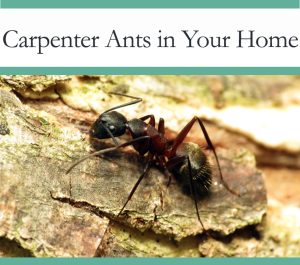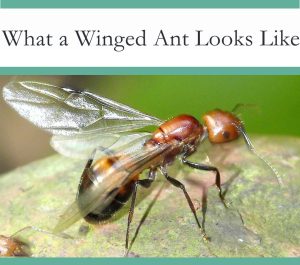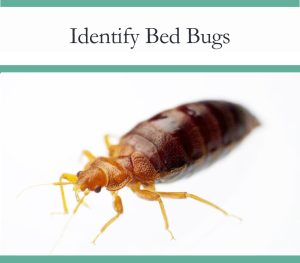PEST GUIDE:
Why Do You Have Ants?
October 13th 2019, by Dan Crosfield
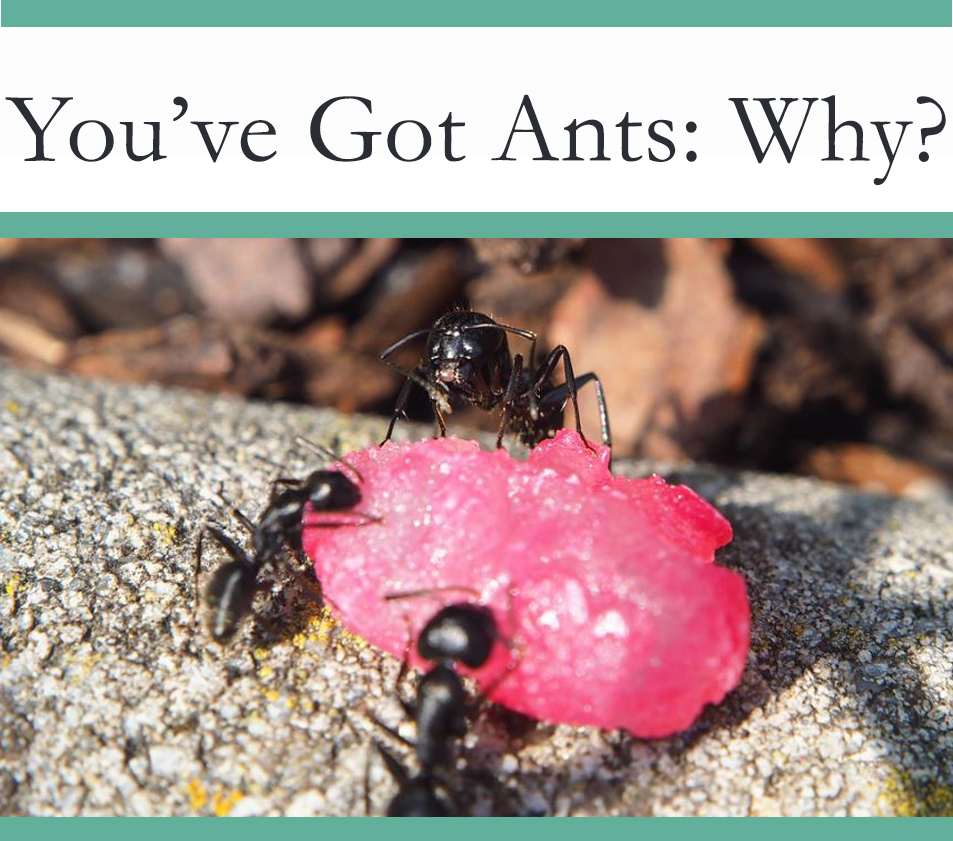
For most of us, ants are part of life. This highly successful species has managed to spread itself across the world, with billions of individuals on every continent except Antarctica. In that sense, they’re not unlike the insect world’s version of us. Especially when you consider their social organization. For these creatures, cooperation is key, and it’s cooperation that has allowed them to become one of the most successful animal species of all time.
But if these invaders start to appear on your property, you may be less interested in their social organization and more interested in knowing why this happened. After all, knowing the reason for something can help you to prevent it from happening again in the future. When it comes to these tiny insects, there are a few reasons why you may be seeing them in your home. These reasons boil down to:

For all their social organization, an ant colony’s needs are fairly simple. Like all animals, their only goal in life is to survive and reproduce. If your house provides a good environment for them to do that, then you can expect to be dealing with these pesky invaders.
But one by one, you can eliminate the things that attract the bugs to your property and get rid of these critters. By removing food, water, and shelter, you can return your home to its pristine, bug-free state.
Food
What do ants eat? It’s a question you may never have asked yourself before. But when these miniature monsters start to show up in your house, it’s important to figure out why it’s happening.
Food is the number one reason that people find ants inside their house. But the way these creatures feed is a little different from the eating habits of other insects.
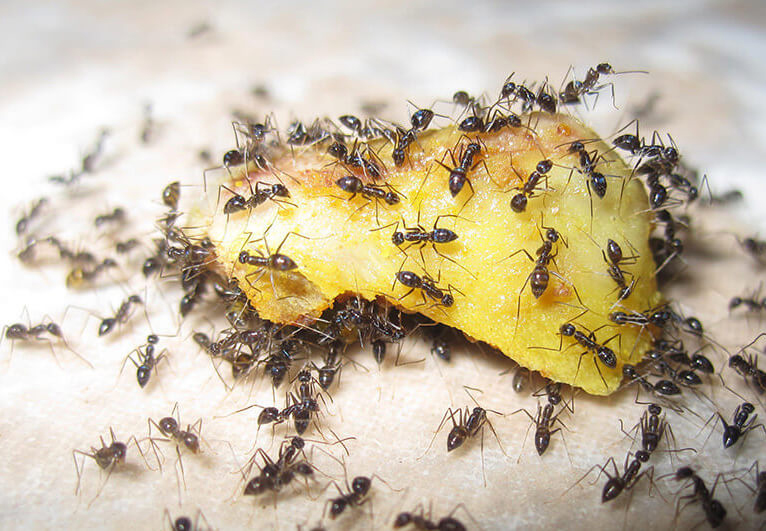
Feeding preferences vary from one species to another, and even from one colony to the next. Furthermore, the feeding preferences of an ant nest can change throughout the year, varying according to what the colony needs at any given time. But in general, they will eat most things that you would eat. Most species seem to have a sweet tooth and are often drawn to sugary treats and drinks. Some other types prefer to feed on fats and proteins. Occasionally, some exhibit a preference for carbohydrates. But mostly, ants are drawn to sugar.
In their natural habitat, sugar feeding ants are often attracted by fruit and plant sap. Many species also obtain the sugar they need from aphids. These tiny insects secrete a sweet substance called honeydew that ants are happy to feed on. In fact, in the wild, they will actively seek out and milk aphids to obtain this substance. But in your home, sugary soda and syrup will do just as well.

Ants are what is known as eusocial. This is a fancy scientific way of saying that they cooperate with other members of their colony to raise their young, find something to eat, and defend the nest. In fact, the individuals are completely dependent on the colony. An individual ant can’t survive by itself – at least not for long. For that reason, everything they do serves the needs of the group.
This social behavior extends to the food these creatures eat. If you carefully watch while they are feeding on something, you will see them bite into it in the same way you or I would do while eating. But often, that’s not actually what’s going on at all. Adult ants – the foraging workers you’ll see wandering around your house and yard in quest of snacks – don’t eat solid food at all.
Hard to believe? It might be if you’ve seen these critters biting into a piece of fruit or some crumbs left over from lunch. But what they are actually doing is taking it back to their nest. Here, they’ll feed it to the developing larvae, or young ants. These larvae are capable of eating and digesting solid food, and when they do, they secrete liquid that the adults can feed on. Yes, it’s gross. But it ensures that the foraging workers do everything they can to keep the larvae fed.
Did you know that ants can lift and carry up to 100 times their body weight? That’s the equivalent of a 200-pound man benching a garbage truck. This weightlifting ability allows the tiny creatures to carry large amounts of food back to the nest to feed the larvae.

So what does this have to do with you? Well, anyone with kids will know how much they can eat. Now imagine having tens or hundreds of thousands of offspring to feed, and you’ll understand why these creatures are always so busy. Food is so essential to the colony that thousands of foraging workers spend their entire lives doing nothing other than gather it and bring it back home. And it’s this constant quest for sustenance that often leads these insects indoors.
For this reason, the first step to getting rid of these bugs is to make sure they can’t find anything to eat. Remove the food sources in your kitchen and other rooms, and you’ll remove one of the main reasons these creatures have to come inside. Wipe up any spills as soon as they happen. Don’t leave dirty dishes in the sink. Take garbage outside as soon as you can, before the insects can get to it. Vacuum regularly. Don’t forget that even a tiny crumb can be enough to keep them going. And don’t forget about pet food. Try to train your pets to only eat at designated times, and whatever they don’t eat gets put away again. Alternatively, you could invest in some pest-proof food bowls.
Don’t forget about the food in your kitchen cabinets. Because they are so tiny, these creatures often have no trouble getting inside cabinets and finding the food you have stored. Many types have no problem chewing through paper or thin plastic bags to reach what’s inside, so consider getting some glass storage containers to keep them out.
Water
In the tropics, ants are a year-round nuisance. But for those of us who live in more temperate climates, we usually think of them as a summertime pest. These insects prefer higher temperatures which allow their eggs to develop and their nests to expand, and many species, such as carpenter and fire ants, go dormant in the winter.
Like all animals, they need water to survive. And in the summer, this can be hard to come by. But you know where there’s a ready source of clean, fresh water, even in the driest days of summer? That’s right: your house.

Take, for example, one of the most common home-invading species in the United States, the odorous house ant. These creatures often enter buildings in search of water and are routinely found near pipes where condensation collects on the metal. Not only do the foraging workers need to drink, but they also need to bring water back to the nest to provide for the queen and her larvae.
Fact: while odorous house ants often enter buildings in search of water, many homeowners find that their numbers seem to increase after rain. This is because the rain washes the honeydew they normally feed on from the plants outdoors, and so the insects come inside in search of something to eat.
Ants will readily enter buildings in search of water, especially in hot climates. But there’s another way in which water attracts these tiny pests.
There are thousands of different kinds of ant in the world, and they all have different preferences. One species, known as the moisture ant, gets its name from its unusual attraction to water. Not only do these critters go in search of water to drink, but they also require high humidity inside their nests. Rotten wood, especially wood in contact with soil, is an ideal spot for these creatures to build a place to live. They will excavate a series of tunnels through the wood in which to lay their eggs and live quite happily in a rotten old tree stump or fence post on your property. This is bad enough, but what if the rotten wood is inside your home? If you have a leaking pipe inside a wall, you may not even know it. But these tenacious insects will find it. If the wood has decayed and gone soft, moisture ants will happily turn it into a nest.
Carpenter ants will do much the same thing. But in their case, they don’t even need the wood to be rotten. Their jaws are strong enough to chew holes in a perfectly solid wooden beam. Still, no animal likes to work more than it has to. This species will happily take advantage of the softness of water-damaged wood to create a colony.
So if you want to keep bugs out of your home, you need to think about water. Just as with food, go through your house and think about every source of water that these insects could possibly find. Dishes piled in the sink and wet cloths on kitchen surfaces will provide them with plenty of moisture. But you should also check for any leaks either inside or outside the building. Anywhere moisture collects can attract foraging workers. And once one of them has found its way into your house, you can be sure that more will soon follow.
Shelter
Eliminating food and water sources will go a long way toward making your home less attractive to these crawling critters. But don’t forget that your house can also provide them with shelter, both from the elements and from other creatures that would happily eat them. In the scorching heat of summer, an air-conditioned house can be very attractive to an overheating insect. Likewise, the warmth of a human home can keep them from freezing to death in the winter. Sometimes, they will come inside just get out of the weather.
Of course, an individual can’t survive by itself. So you needn’t worry if one or two individuals come inside. But some types of ant can set up a nest inside your home. And then you can look forward to having problems throughout the year.

Ants that nest in wood, such as the Carpenter and Moisture species, can easily colonize your property. Fixing leaking pipes and removing moisture is the best way to prevent this. But if you’re serious about keeping these creatures out of your home, you should also consider inspecting you home for anywhere they could get inside. Take a walk around outside the building and look for cracks and crevices that would allow these tiny critters inside. Any you find can be sealed up with weatherproof silicon caulk. Pay special attention around window and door frames, and anywhere that conduits pass through the exterior of your home, such as dryer vents, water and gas pipes, and air-conditioning returns. These are all great places for bugs to get inside. And if you stop them from coming inside in the first place, they’ll never be able to establish a nest in your home.
Flying Ants
Food, water, and shelter are the main reasons for these insects to come inside. But there’s another reason people sometimes find them inside the home, and it has to do with the reproductive cycle of some species.

Many types of ant reproduce through a process called swarming. At certain times of the year, usually on a warm, dry, windless day, a colony will produce winged reproductive ants. These are generally larger than the foraging workers, and they have wasp-like wings on their backs. These wings allow them to take to the air. This is called a nuptial flight, and it’s how new nests get started. The winged reproductives, which can be either male or female, mate in the air. The males die off shortly afterward, but the females fly away and become the queen of a new colony.
At least, that’s the theory. But what occasionally happens is that a colony will have an exit somewhere inside a building. Maybe the entire nest is indoors, hidden in a wooden beam or underneath the basement floor. Or perhaps the colony is outside, but the ants have dug an exit through cracks in the concrete foundation. Either way, the winged reproductives can emerge indoors. And when they do, the sheer number of them can be alarming.
One day, you may see no ants inside. The next, there are hundreds of them. And while these winged reproductives can fly, they are not particularly good at it. This means they often get trapped inside, crashing into windows and even people as they buzz around the house.
The best way to deal with a swarm like this is to get out the vacuum and start sucking up bugs. Beyond that, if you can find where they are emerging, you can treat the nest directly or else seal up the entrance they are using to get inside.
Are Ants Harmful?
Seeing these small insects inside your home can be alarming. But most are more or less harmless. That’s not to say they aren’t a big nuisance. But most species are incapable of biting humans. And while some can deliver a painful sting, such as the fire ant, they generally prefer to stay outdoors.

A greater danger is the damage the insects might do to your home. Carpenter ants can weaken the structure of the building by chewing through wooden support beams. Meanwhile, so-called crazy ants have been known to short out electronics by creating a bridge between electrical contacts with their bodies. So while the small creatures probably won’t harm you directly, they can most definitely do damage to your property.
The best way to avoid this is to make sure they never come inside in the first place. So remember the three factors that draw the bugs into your home. Food, water, and shelter. By removing each of these systematically, you will create a house that ants will have no reason to enter.
